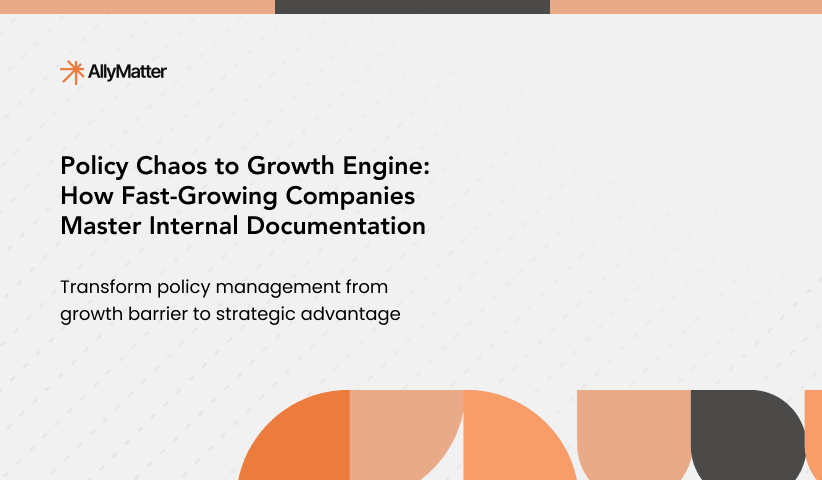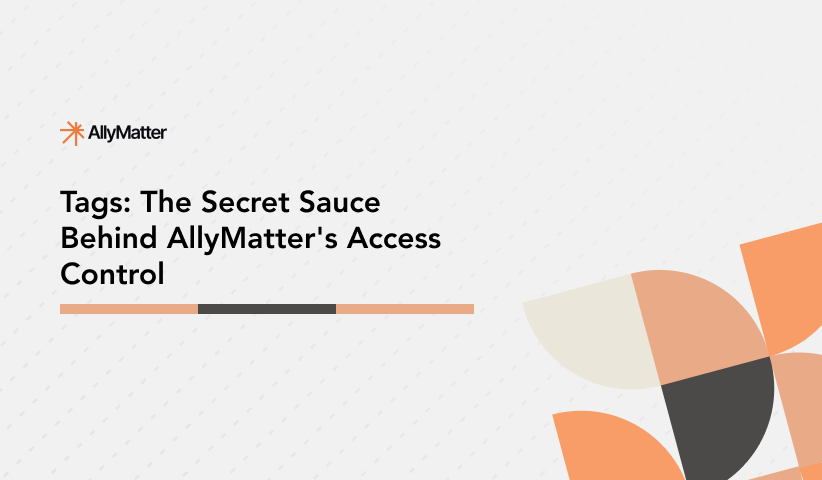Sarah stared at her inbox with growing frustration. The new finance manager needed the vendor payment procedures, but they were buried somewhere in a six-month-old email thread. Her operations team was asking about the updated safety protocols. Again. Meanwhile, three different versions of the employee handbook were circulating, and nobody knew which one was current.
This scenario plays out in growing companies every day. Knowledge exists, but it’s scattered, outdated, or simply impossible to find when you need it most.
Why most knowledge management rollouts fail
According to research from Deloitte’s European Workforce Survey, 29% of employees find it difficult or nearly impossible to extract the knowledge needed for daily work from repositories. The problem isn’t the technology. It’s the approach.
Most organizations make the same critical mistakes – they focus on the platform setup instead of the adoption process. They migrate everything at once, provide generic training, and wonder why usage drops after the initial rollout.
Successful rollouts require a different approach. One that prioritizes user adoption over feature completeness, builds momentum through quick wins, and creates sustainable processes that grow with your organization.
Implementation readiness assessment checklist
Before diving into AllyMatter setup, evaluate your current state. Your implementation strategy should address these key areas:
- Information is scattered across email, Google Drive, Slack, and individual computers.
- Team members regularly ask the same questions in different channels.
- New employees struggle to find basic procedures and policies.
- Document versions are inconsistent, with multiple copies of the same policy circulating.
- Critical knowledge exists only in specific people’s heads.
If these scenarios sound familiar, you’re ready for systematic knowledge management. The key is approaching implementation strategically rather than trying to solve everything simultaneously.
Week one: Foundation and strategic planning
Conducting your knowledge audit
Start by mapping your existing information landscape. Most growing companies underestimate how much institutional knowledge they actually have and where it lives.
Spend two days documenting your current knowledge assets. Look beyond obvious places like shared drives. Check Slack channels for pinned messages, email threads with procedure explanations, and those informal notes team members keep for reference.
Focus on identifying your most critical knowledge gaps. Which information do people ask about repeatedly? What processes cause delays when key team members are unavailable? Where do new employees get stuck during onboarding?
This audit reveals your implementation priorities. You don’t need to migrate everything immediately. You need to solve your biggest knowledge access problems first.
Building your implementation team
Successful knowledge management requires champions in every department. These aren’t necessarily the most senior people. Look for team members who already document processes, help colleagues find information, or have strong organizational instincts.
Your champion network should include people who already serve as knowledge resources in your organization. Look for team members who colleagues naturally turn to for answers. These might be someone from HR who understands policy management, an operations person familiar with process documentation, customer-facing team members who need quick information access, or anyone who frequently shares knowledge and helps others find what they need, regardless of their formal role or department.
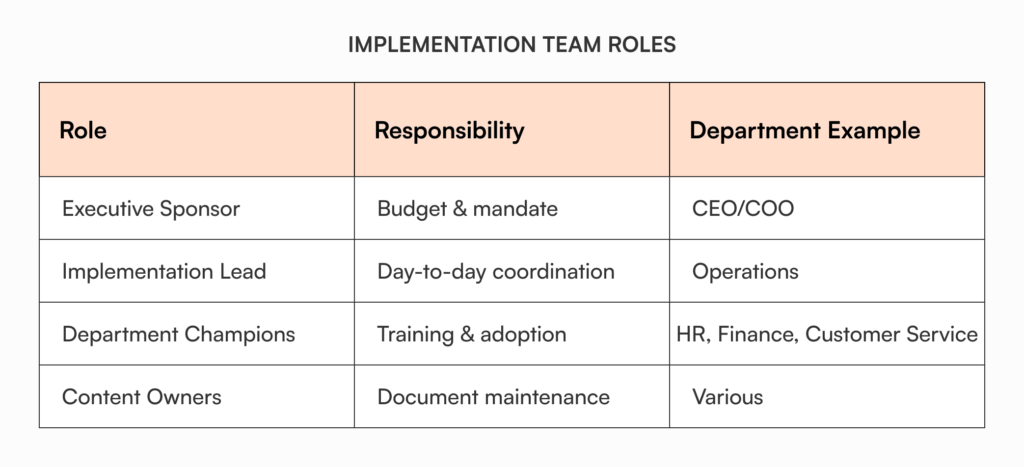
These champions become your early adopters and training ambassadors. They help identify department-specific needs and communicate the value to their colleagues.
Establishing success metrics
Define what successful implementation looks like for your organization. According to McKinsey research, employees spend nearly 20% of their workweek looking for internal information or tracking down colleagues for help. Use this as your baseline.
Track specific metrics that matter to your business:
- Time spent searching for information
- Repeated questions in support channels
- New employee onboarding completion times, and
- Document version control accuracy
Set realistic targets. A 50% reduction in information search time within 60 days is achievable. Complete elimination of knowledge silos takes longer but creates lasting competitive advantage.
Week two: Platform configuration and content strategy
Setting up AllyMatter for sustainable growth
AllyMatter’s strength lies in its flexible structure that adapts to how your organization actually works. Start with a simple taxonomy that mirrors your team structure and core processes.
Create department-specific sections using AllyMatter’s granular access control features. HR policies need different visibility settings than operational procedures. Customer service scripts require different update workflows than financial compliance documents.
Configure smart approval flows for critical documents from the beginning. This prevents the version control chaos that derails many knowledge management initiatives. When your finance team updates expense policies, AllyMatter’s automated workflows ensure the right people review and approve changes before they go live.
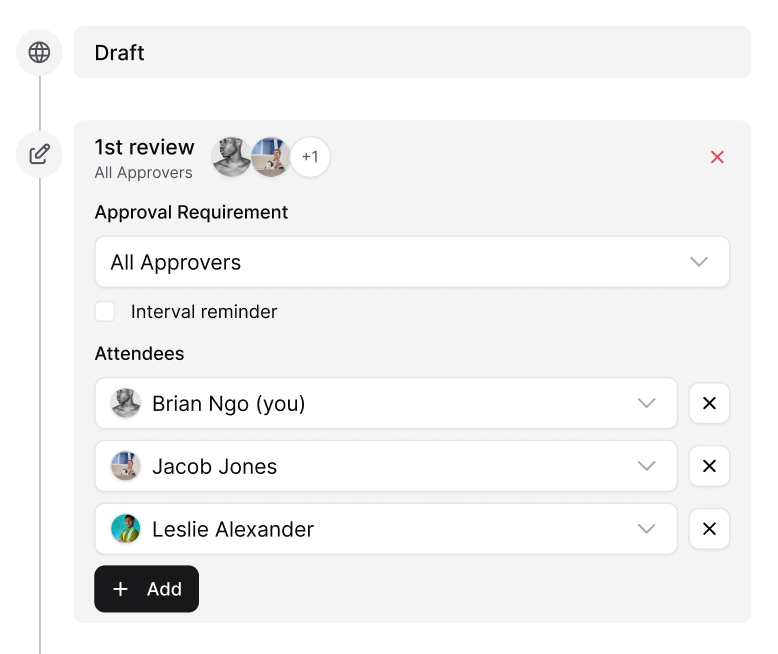
Content migration strategy that builds momentum
Here’s where most implementations go wrong – they try to migrate everything simultaneously. Instead, start with your highest-impact content:
- Documents your team accesses most frequently
- Procedures that cause delays when they’re missing
- Information that new employees need immediately
Focus on quality over quantity during initial migration. Ten well-organized, current documents create more value than fifty outdated files. AllyMatter’s WYSIWYG editor makes content updates straightforward, so initial imperfection isn’t permanent.
Prioritize content that demonstrates immediate value. Employee handbooks, standard operating procedures, customer service guides, and emergency protocols. These documents have clear owners, regular usage, and obvious business impact.
Week three: Training and adoption acceleration
Department-specific training approach
Generic training sessions fail because different teams use knowledge management differently. HR managers need to understand policy update workflows. Sales representatives need lightning-fast search capabilities. Operations teams focus on process standardization.
Tailor training to actual use cases. Show HR how AllyMatter’s built-in signatures eliminate the need to switch platforms for policy acknowledgments. Demonstrate to customer service how real-time content updates ensure they always have current information.
Use AllyMatter’s comprehensive audit trail feature to address compliance concerns upfront. Finance and legal teams need to see how document changes are tracked and who accessed what information when.
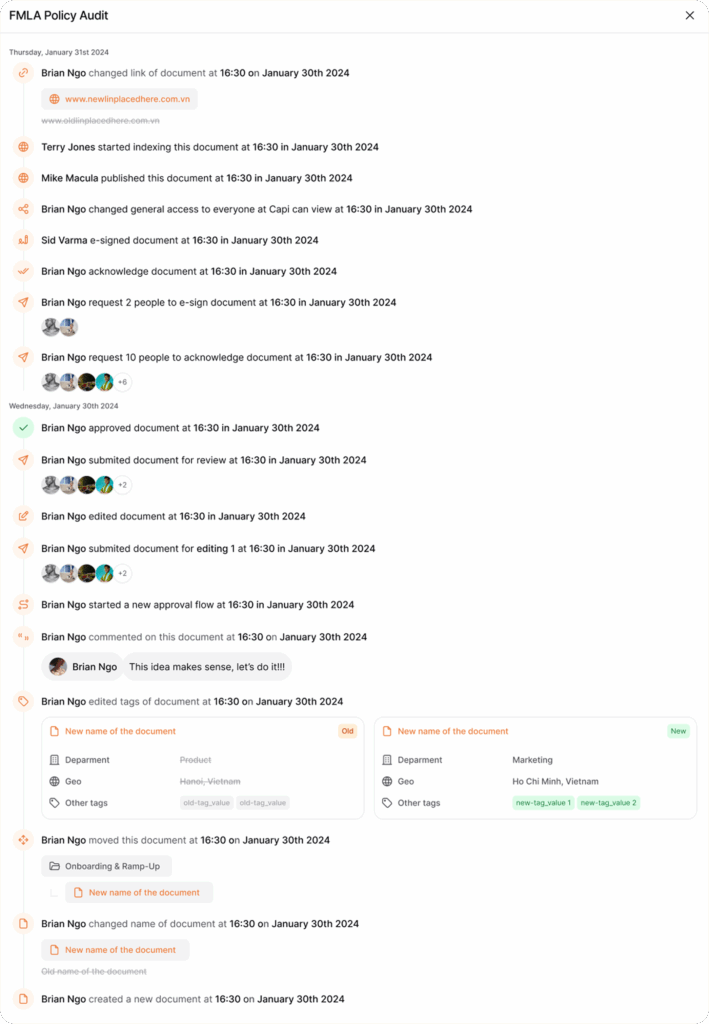
Gradual rollout implementation
Deploy access in phases rather than organization-wide launches. Start with your champion network and core operations team. Add customer-facing departments once initial processes are refined. Include remaining teams and external stakeholders last.
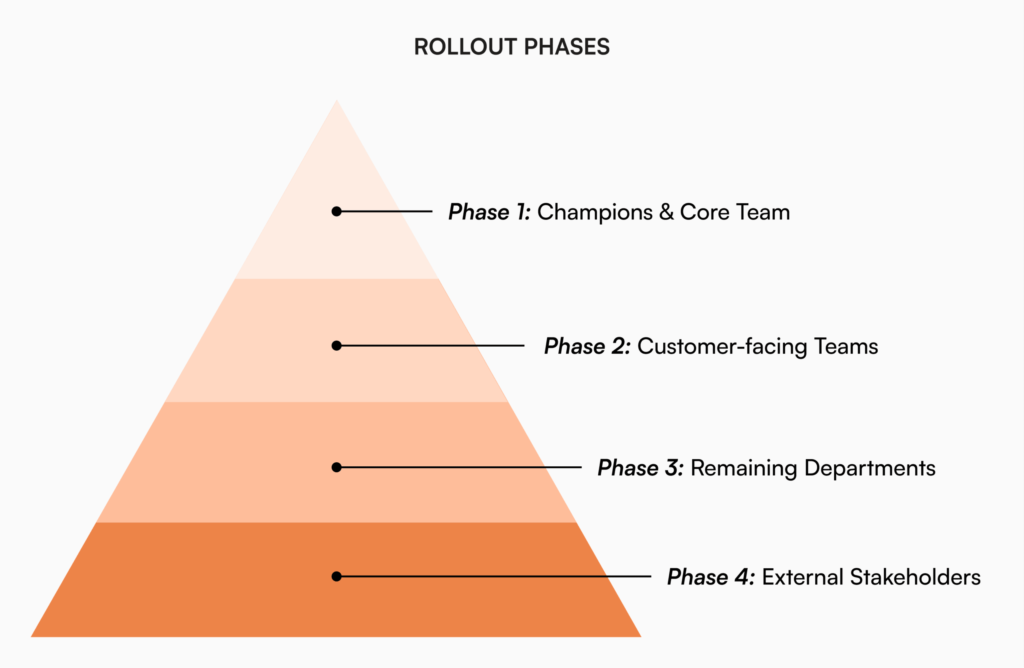
This staged approach allows you to address adoption challenges before they affect your entire organization. Early adopters provide feedback that improves the experience for later users.
Monitor usage patterns during rollout. AllyMatter’s analytics show which content gets accessed most frequently, helping you prioritize future migration efforts.
Week four: Optimization and sustainable processes
Feedback integration and process refinement
Survey early adopters about their experience. Common themes include search functionality effectiveness, content organization clarity, and missing information gaps.
Use this feedback to refine your content structure before expanding access. If people struggle to find specific types of information, adjust your tagging system or create clearer categories.
Address resistance points directly. Some team members prefer asking colleagues over searching documentation. Create processes that redirect these interactions toward documented answers while maintaining helpful team culture.
Establishing long-term maintenance protocols
Knowledge management requires ongoing attention. Create sustainable processes that don’t depend on heroic individual efforts.
Assign clear document ownership with specific review schedules. AllyMatter’s version control makes this process transparent and accountable. Document owners receive automated reminders when content needs review.
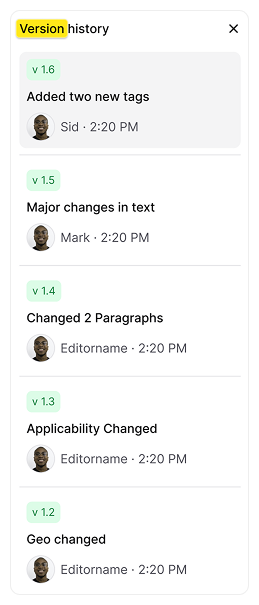
Establish update workflows that handle policy changes systematically. When procedures change, AllyMatter’s smart approval flows ensure updates get proper review before publication.
Create feedback loops that identify content gaps and usage patterns. Regular analytics reviews reveal which information your team needs most and where knowledge gaps still exist.
Measuring implementation success
Successful rollouts show measurable improvements within 30-60 days. Track both quantitative metrics and qualitative changes in how your team handles information.
Quantitative measures include reduced time to find information, decreased repeated questions in support channels, faster new employee onboarding, and improved document version control. Focus on measurable improvements in search efficiency and fewer repeated questions about policies.
Qualitative indicators matter equally. Increased employee satisfaction with information access, more consistent customer service responses, reduced escalations due to missing information, and greater confidence in policy compliance.
According to research from Panopto, 42% of institutional knowledge is unique to individual employees. Your implementation success should be measured by how much of this knowledge becomes accessible to your broader team.
Common implementation mistakes that derail adoption
Perfectionism over progress
Don’t wait for every document to be perfectly formatted. Start with good enough and improve iteratively. AllyMatter’s editing capabilities make updates straightforward, so initial imperfection doesn’t become a permanent limitation.
Ignoring change management psychology
Technical setup represents maybe 30% of implementation success. The remaining 70% involves helping people change their information-seeking behaviors. Plan for this cultural shift with consistent reinforcement and clear value demonstration.
Unclear content governance
Without specific ownership and update responsibilities, even excellent knowledge bases become outdated quickly. Assign roles and accountability from day one. Document owners, approval workflows, and review schedules prevent content decay.
Generic training approaches
Different teams need different types of support. Finance managers need approval workflow training. Sales representatives need search optimization techniques. Customer service teams need real-time update processes.
Building sustainable knowledge sharing culture
Creating new information habits
Replace old behaviors systematically. Update email signatures to reference knowledge base resources. Include knowledge base links in meeting notes. Redirect questions to documented answers rather than providing direct responses.
Celebrate teams that contribute valuable content. When the operations department documents a new procedure or HR updates policy guidance, recognize these contributions organization-wide.
Maintaining long-term momentum
Share success stories regularly. When finance reduces contract review time or customer service improves response consistency, communicate these wins to reinforce the value of organized knowledge.
Use AllyMatter’s analytics to identify content that drives the most value. Focus future development efforts on expanding these high-impact areas.
Scaling with organizational growth
As your company expands, knowledge management needs evolve. New departments, processes, and compliance requirements. AllyMatter’s scalable architecture accommodates growth without requiring complete reimplementation.
Plan for expansion during initial setup. Create content structures and access controls that accommodate future teams. Establish governance processes that scale beyond current organizational size.
Your strategic next steps
This approach succeeds when you treat it as a strategic initiative rather than just technology deployment. Organizations that see the greatest return approach it methodically, with clear goals and consistent execution.
The framework outlined here works because it prioritizes adoption over features, builds momentum through quick wins, and creates processes that sustain long-term value.
AllyMatter provides the platform capabilities needed for this implementation approach. Smart approval flows that prevent version chaos. Granular access control that maintains security while enabling collaboration. Comprehensive audit trails that satisfy compliance requirements. Built-in signatures that eliminate platform switching.
Ready to implement knowledge management that actually works? Join our waitlist to access AllyMatter’s comprehensive platform designed for growing organizations.
Frequently asked questions
How long before we see measurable ROI from knowledge base implementation?
Most organizations see improvements in information retrieval within 30-45 days. Full ROI, including reduced onboarding time and improved process consistency, becomes apparent within 90 days of systematic implementation.
What’s the primary challenge in knowledge management adoption?
Changing information-seeking behaviors. People default to asking colleagues or searching familiar tools. Success requires consistent reinforcement and clear individual value demonstration.
Should we migrate all documentation simultaneously or use phased approach?
Phased migration works better for most organizations. Start with high-impact, frequently accessed documents. This creates immediate value and builds momentum for broader adoption.
How do we prevent our knowledge base from becoming outdated?
Establish clear ownership and review cycles from implementation start. Assign document owners with automatic review reminders. Regular analytics help identify content needing attention.
Which metrics best measure implementation success?
Focus on time-to-information metrics, reduced duplicate questions, faster onboarding completion, and employee satisfaction with information access. These correlate directly with productivity improvements and cost savings.
